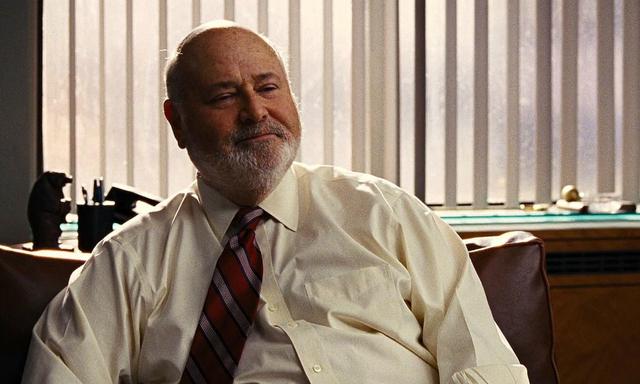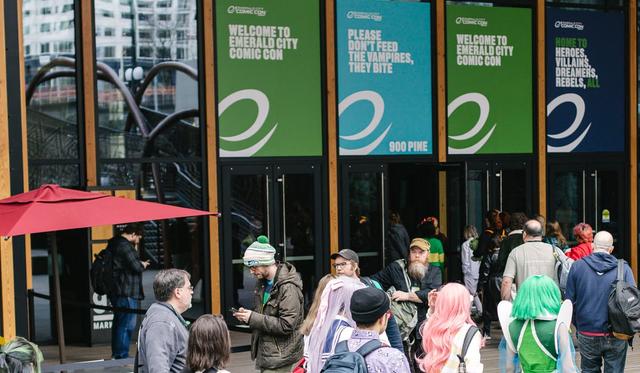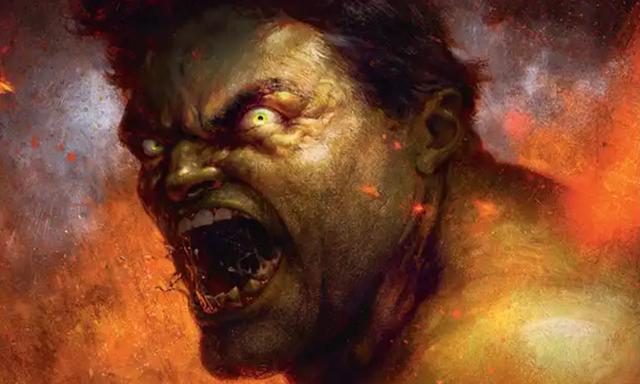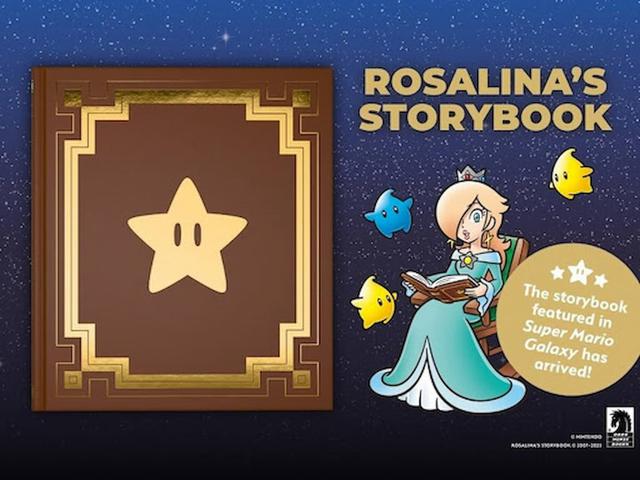If you click on a link and make a purchase we may receive a small commission. Read our editorial policy.
In the name of the queer: Sailor Moon's LGBTQ legacy
30 years on, Sailor Moon continues to be a beacon of hope for LGBTQ fans and creators yearning to affirm their fullest selves

Published in 1992, Naoko Takeuchi’s manga Sailor Moon was one of the first series to introduce mahou shoujo (i.e. magical girl anime) subgenre to modern audiences. It stars Usagi Tsukino, a teenaged schoolgirl who becomes the Sailor Guardian Sailor Moon and battles evil alien forces. Alongside Kunihiko Ikuhara’s Revolutionary Girl Utena and CLAMP’s Cardcaptor Sakura, Sailor Moon’s anime counterpart would also display queerness in ways both problematic and affirming.
Queerness in Sailor Moon

One of the most notable aspects of Sailor Moon’s LGBTQ content is the depiction of the characters Haruka Tenou and Michiru Kaioh, aka Sailor Uranus and Sailor Neptune. Although they are a lesbian couple in the manga, the '90s English dub infamously censored Sailor Uranus and Neptune’s relationship and made them cousins. Despite censoring any dialogue mentioning their romantic relationship, there was still background imagery and intense looks shared between the characters that created queer subtext that American viewers would pick up on.
In fact, Sailor Uranus and Neptune weren’t the only LGBTQ characters that were censored for American viewers. Some of Sailor Moon’s queer-coded antagonists also faced this, most notably the romantic relationship between the male characters Zoisite and Kunzite. The '90s English dub would change Zoisite’s gender to female to make Zoisite and Kunzite heterosexual. However, viewers such as writer Vrai Kraiser would later appreciate their devotion towards each other depicted in the original Japanese version.
Despite the censorship issues, Sailor Uranus and Neptune would also receive a lot of love from LGBTQ viewers. In part two of a series of essays on trans characters in manga, Tash Wolfe discusses Sailor Uranus’ gender identity and comments, “Although Haruka was not written as a ‘trans character,’ he is noted as an inspiration and role model for many readers and viewers while swimming through the fluidity of their own genders.” A recent piece by writer Jess Joho states, “Maybe masculine-presenting Sailor Uranus doesn't fully identify as a cis woman — but there's no need for her to even address that possibility, since what really matters are the acts of love she shares with Sailor Neptune.”
In addition to Sailor Uranus and Neptune, hardcore Sailor Moon viewers also picked up on queer subtext exuded from other characters. Most notably, Sailor Moon’s flagship couple of protagonist Usagi Tsukino and her destined prince Mamoru Chiba, have been considered bisexual icons by some LGBTQ viewers.
Sailor Moon bisexual icons Usagi Tsukino and Mamoru Chiba

When it comes to Usagi Tsukino, she is interpreted as bisexual due to the fact that she experiences romantic attraction to other genders while in a romantic relationship with Mamoru. One of the most notable crushes is Haruka Tenou, who initially appears to be male before they meet Sailor Moon as Sailor Uranus. Another notable crush that appears later on is Seiya Kou, another female Sailor Guardian and idol singer. Writer Anthony Gramuglia remarks, “None of this invalidates her sexuality; bisexual people don't simply stop being bisexual once they enter an opposite sex romance.”
Meanwhile, Mamoru Chiba is considered bi due to the homoerotic subtext present in some of his interactions with some male characters. The most notable example of this is in the '90s Sailor Moon film Sailor Moon R Promise of The Rose, which revolves around Mamoru and his reunion with Fiore, an alien being who Mamoru met and befriended as a young boy and met again as an adult. Years ago, Fiore met Mamoru after the latter’s parents passed away but was forced to leave because Fiore’s lifeforce was limited. When Mamoru gives him a rose as a token of their friendship, Fiore promises to return to Mamoru with a flower for him.
Trans subtext in Sailor Moon
When it comes to transgender themes in Sailor Moon, they are more subtextual than overt. This is mainly due to the differences between Naoko Takeuchi’s depiction in the manga and the depictions of the characters in the '90s Sailor Moon anime and the anime remake Sailor Moon Crystal.For instance, Haruka Tenoh’s manga and Sailor Moon Crystal counterpart initially dresses in both male clothing and female clothing before the full truth of their identity is revealed to the other Sailor Guardians. Afterwards, Haruka is mostly seen in female clothing. On the other hand, her '90s anime counterpart exclusively wears male clothing unless she is transformed into Sailor Uranus.
Another character with transgender subtext is the character Seiya Kou. In the manga, she was depicted as a cross-dressing male idol, but in the '90s anime, she physically transforms from a male body to a female one when she becomes Sailor Star Fighter. Since Seiya is a character from the 'Stars' arc of the manga and it will be adapted once more in the upcoming anime film Sailor Moon Eternal, it will be interesting to see how Seiya will be depicted in the film.
On a more questionable note, Naoko Takeuchi stated in a '90s interview that all the Sailor Scouts are girls and that she was displeased with the depiction of Seiya and the other Sailor Star Lights. In the same interview, she also stated that Haruka “has always been a girl” while confirming Haruka’s romance with Michiru. Due to the conflicting nature of these statements, it is understandable that some might see this as transphobic and want to avoid Sailor Moon as a result.
Although Sailor Moon certainly has its flaws, the series has gone on to influence Western animation and comic books, especially those by LGBTQ creators. The queer flamboyance of Sailor Moon villians like Koisite can be in seen in antagonists of Mira Ong Chua’s graphic novel Goodbye Battle Princess Peony. Trans themes have been further incorporated into mahou shoujo tropes in comics such as Vincent Kao’s Magical Boy and Renie Jenais’s Kate Blast. Not to mention, the kind and empathetic spirit of Usagi Tsukino can be seen in characters such as the titular Steven Universe.
All in all, most of Sailor Moon has aged pretty well. Not only has the original '90s anime has been redubbed uncensored and uncut, but its manga faithful remake Sailor Moon Crystal is almost as queer as its '90’'90s counterpart. Meanwhile, the original manga has been reprinted several times, most recently in the form of 'Eternal Editions' that include larger page sizes, a longer page count, and new translations. 30 years on, Sailor Moon continues to be a beacon of hope for LGBTQ fans and creators yearning to affirm their fullest selves.
Dive into Sailor Moon with our Sailor Moon read order and Sailor Moon watch order.
Follow Popverse for upcoming event coverage and news
Find out how we conduct our review by reading our review policy
Let Popverse be your tour guide through the wilderness of pop culture
Sign in and let us help you find your new favorite thing.
















Comments
Want to join the discussion? Please activate your account first.
Visit Reedpop ID if you need to resend the confirmation email.